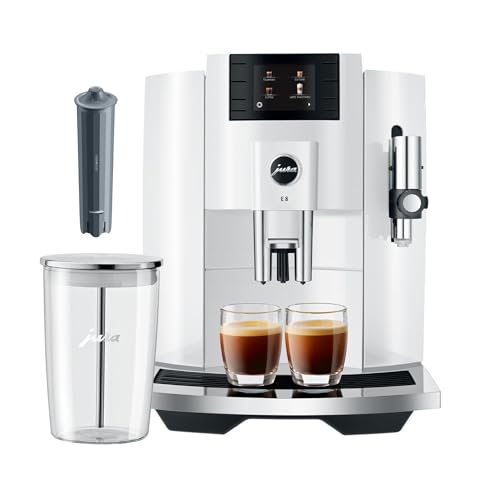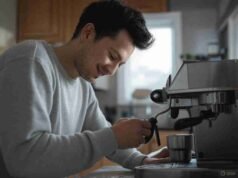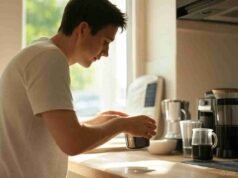Most people think great coffee comes down to beans and grind. While those are crucial, there’s another factor that’s often overlooked: water temperature. It might seem minor, but using the right temperature can completely change the way your coffee tastes.
If your water is too hot, your coffee can turn bitter. Too cold? It might come out sour and weak. That’s why understanding water temperature is an essential skill for every home barista.
What’s the Ideal Water Temperature?
The SCA (Specialty Coffee Association) recommends a brewing water temperature between 195°F and 205°F (90°C – 96°C). This range ensures proper extraction of the coffee’s flavors, oils, and aromatics.
Here’s a quick breakdown:
| Brewing Method | Recommended Temperature |
|---|---|
| Pour-Over | 195°F – 205°F |
| French Press | 200°F |
| AeroPress | 175°F – 185°F (for mellow taste) |
| Espresso | 190°F – 205°F (depends on machine) |
| Cold Brew | Room temperature or cold |
Why Temperature Matters
Coffee brewing is a chemical reaction. The heat from water helps dissolve compounds inside the coffee grounds. These compounds affect acidity, bitterness, body, and aroma. Different compounds extract at different temperatures:
- Low temps (below 195°F): Under-extraction. Coffee may taste flat or sour.
- High temps (above 205°F): Over-extraction. Coffee may taste bitter or burnt.
Maintaining the right temperature ensures that your brew extracts the right balance of flavors.
How to Control Water Temperature at Home
You don’t need fancy gear to control temperature, but a few tools can help:
- Gooseneck kettles with built-in thermometers are ideal for pour-over brewing.
- Electric kettles with temperature settings allow precision control.
- No thermometer? Let your boiled water sit for 30 seconds before pouring. This usually cools it to around 200°F—a sweet spot for most methods.
Avoid pouring boiling water (212°F / 100°C) directly over coffee grounds, especially for pour-over or French press methods.
Temperature Tips by Brewing Style
- Pour-Over (V60, Chemex): Stick with 200°F for a clean, balanced cup.
- French Press: Use 200°F, and steep for 4 minutes for full-bodied flavor.
- AeroPress: Use 175–185°F for a smooth, tea-like flavor or hotter for intensity.
- Espresso Machines: Most machines self-regulate temperature, but knowing it helps with consistency.
- Cold Brew: No heat needed—just patience.
Small changes in heat
Water temperature may not be the flashiest part of coffee brewing, but it’s one of the most important. Small changes in heat can bring out new dimensions in flavor. As a home barista, learning how to control this element gives you more consistency and better coffee.
Next time you brew, pay attention to the temperature. It’s a simple detail that separates average coffee from exceptional coffee.














[…] related article: The Importance of Water Temperature in Coffee Brewing […]
[…] told me I needed to go for walks to lose weight. When I started walking regularly, I realized I needed water. That’s when my journey with the STANLEY Quencher H2.0 Tumbler began. As my walks became more […]